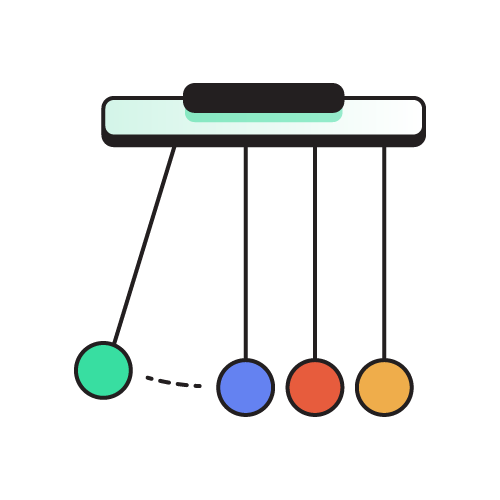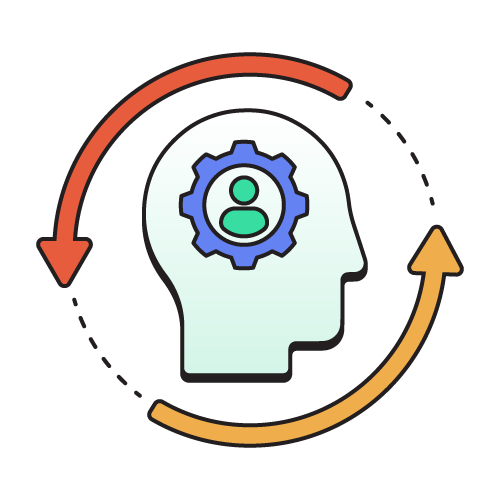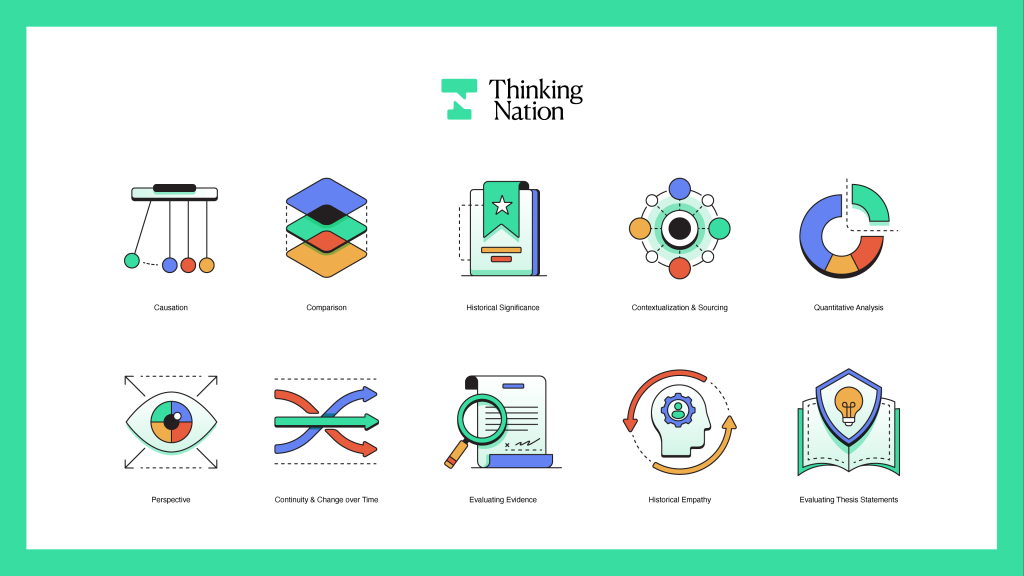At Thinking Nation, we’ve consistently stood by the belief that historical thinking empowers students. When students think historically, they are equipped with the skills and dispositions necessary to sustain democracy and carve out a better future. Social Studies, as a discipline, is uniquely set up to equip students in this way, but what these historical thinking skills exactly are can be challenging to define.

One of our first blogs simply asked “What does it mean to think historically?” In the blog, I wrote, “Simply, historical thinking skills are the skills needed to properly interpret documents, events, and their outcomes.” Being able to interpret (and effectively analyze) what is put in front of you in order to make meaning of what you are interpreting is one of life’s most critical skills. It is a skill at the heart of our discipline.
Staying at a 30,000 foot view of the definition of historical thinking skills, I’d also like to add that these are simply the skills that historians employ in their study of the past. While they are by no means natural, as Sam Wineburg points out, they can be learned if students are given adequate instruction and practice.

Historical thinking skills are the historian’s toolbelt. At least that’s how I summed it up when asked by historian John Fea. But these skills, while cultivated in social studies, don’t just remain there. Historical thinking skills are incredibly helpful in navigating everyday life—from the news, to the workplace, even to our relationships. I often tell people how learning to think historically did not just make me a better analyst or writer. It’s made me a better dad, husband, and neighbor.

As I wrote above, historical thinking is empowering. Paradoxically, historical thinking is humbling, too. When students think historically, they have the agency to enter into conversations about complex ideas. They are empowered. But, they also know their limits. They seek to empathize with who they study. They rely on evidence over their own opinion. They’re humbled.
With all of this in mind, as we continue in our goal to shift the paradigm of social studies education in building both teacher’s and student’s capacities to think historically, we wanted to have a simple and clear way to communicate those skills to those who engage with our resources. We needed a visual.
Therefore, as a part of our organization’s rebrand, we worked with the talented design firm, Josh Warren Design, to create visual icons to represent the various skills embedded into our curriculum. Currently, we’ve focused on 10 skills. Below, you can see each of them with their corresponding icon.

Each of these icons will now follow their respective historical thinking skill around our curriculum. Students will see them when they engage in document analysis, formative assessments, or engage in a curated research paper. We hope that these clear visuals, along with their succinct definitions (some examples here!), will help students internalize these thinking skills. We know that the internalization of such skills won’t just be a good way to score well on a history test. Most importantly, it will set up students for success outside of the classroom in creating confident citizens, prepared to think critically about the world they live in.